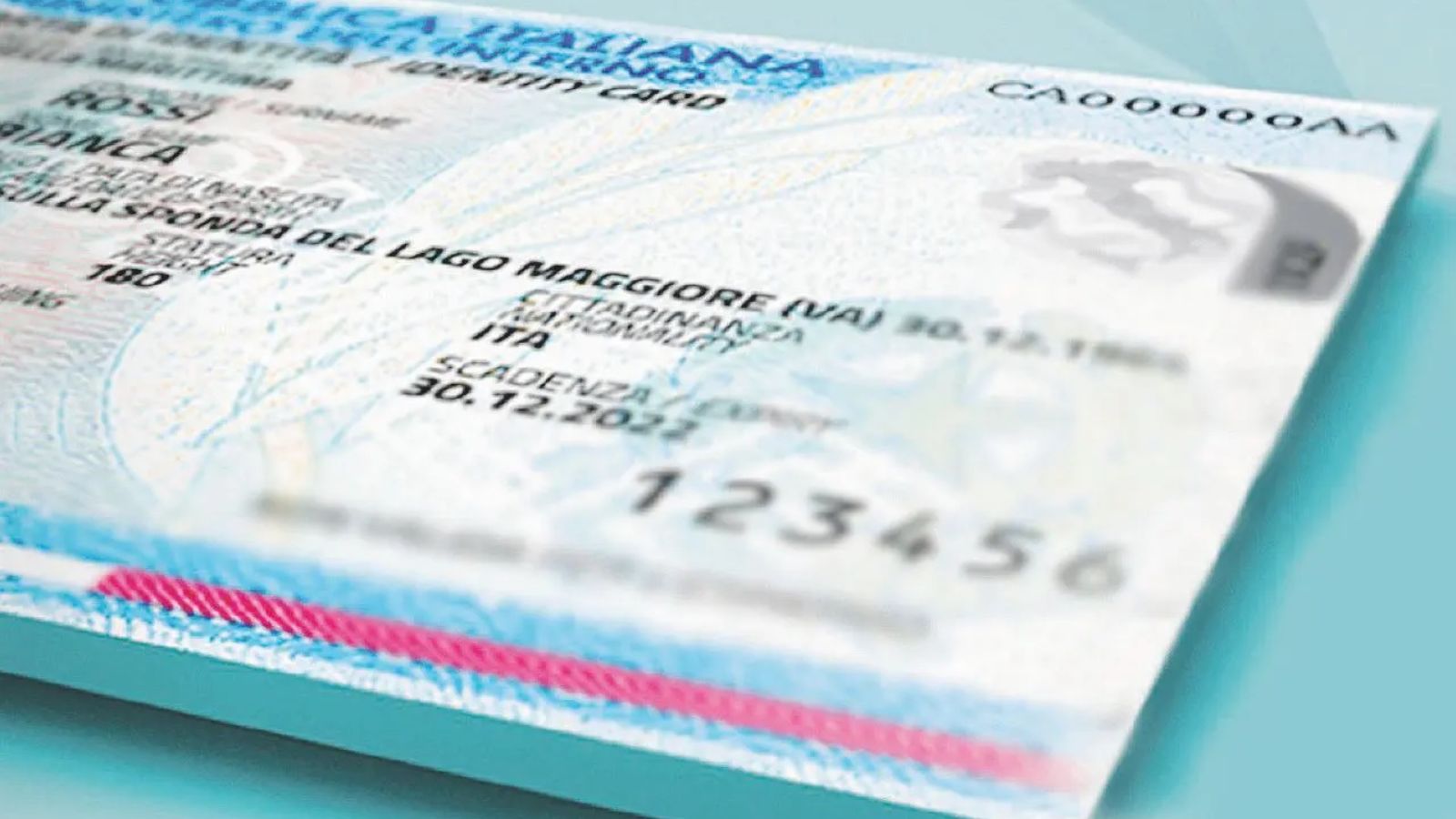
Step-By-Step: Getting An Italian ID Card
Obtaining an Italian as a foreign resident in Italy is a wise thing to do, as it means that one will not have to carry their passport around. Before applying, one should be aware of the following.
For Italian nationals, applying for an Italian carta d’identità (ID card) is normally a simple process. But for foreign nationals, particularly those from non-EU countries, things may be a little bit more challenging.
Here are some things you should understand about the application process.
What Is an Italian ID Card, And Why Would You Need One?
The Italian ID card (CIE) is a form of identification issued by the Italian Ministry of the Interior. The document is used to confirm the holder’s identification. It can also be used to access online public administration services in Italy.
ID cards may also be used in some cases by Italian nationals in place of passports when traveling overseas, especially within the EU/EEA. However, foreign nationals are unable to do this because it is stated on their version of the card that it is not valid for travel abroad.
The card only functions as an ID document for foreign nationals (as well as an “electronic key” to access online administrative services).
Italian ID cards are available to anyone who is a resident in Italy.
Italian citizens and all foreign nationals who are registered as residents of Italy at the civil registry (Anagrafe) and, in the case of non-EU nationalities, who have a valid residency permit (Permesso di Soggiorno), can apply for an Italian ID card.
How Can I Apply?
The first step is to book an appointment with your local Town Hall (Municipio). Most Town Halls permit residents to make an appointment online through this link.
What Will I Need?
- Bring a passport-size photo (35mm in width, 45mm in height) either from a photo booth or in electronic format (USB drive).
- Produce a valid identity document issued by your home country and, if you’re a non-EU national, a valid residence permit (Permesso di Soggiorno).
- Italian tax code (Codice Fiscale).
Verify with the clerk that the personal data stored by the Civil Registry (Anagrafe) are correct.
Indicate your preferred method of collection (home delivery or pickup from the town hall).
Have your index finger scanned.
Sign the application form.
You will be given the first four digits of the card’s PIN number after signing the application form. The envelope containing the ID card itself will have the final four digits inside.
How Long Will It Take to Receive the ID Card?
The Italian Ministry of the Interior will mail the document to the applicant’s address within six working days of receiving the completed application. Both home address delivery and pick up at the Town Hall are possible.
You will also receive the last four digits of your PIN number along with your ID card. The latter is necessary to use the ID cars as an official online electronic identity.
What Is the Cost of The ID Card?
You must pay €16,79 as well as any administrative costs, which can vary from one municipality to another, to request an Italian ID card.
How Long Will the Card Be Valid For?
According to age of the individual, the Italian ID card’s duration will be as follows:
- Three years for minors up to the age of three.
- Five years for minors aged three to eighteen.
- Ten years for those older than 18 years old.
The card’s expiration date will be the same as that of the holder’s residence permit for non-EU nationalities.



